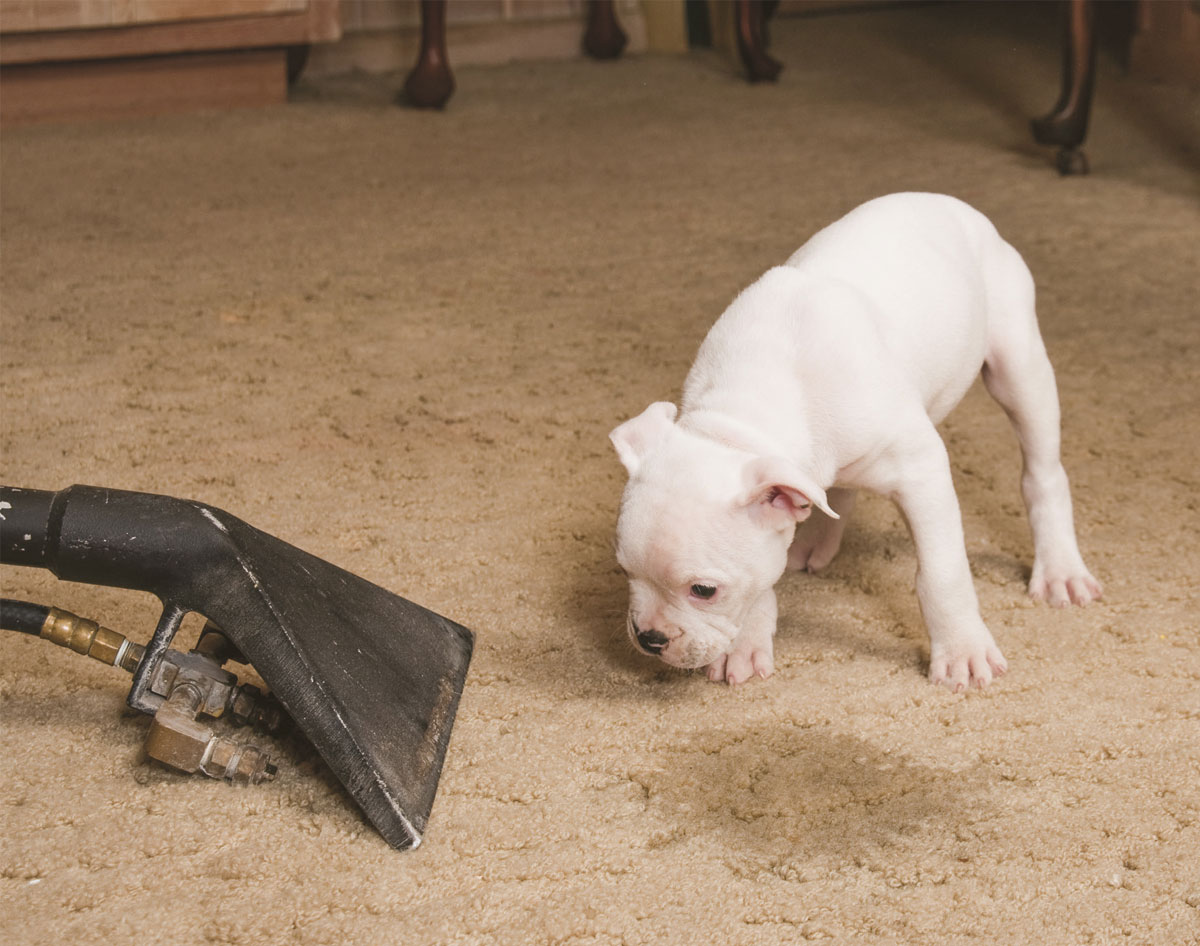
Some urine will get forced around the catheter and leak out along side it. This is a forceful, involuntary contraction of the bladder muscle that causes urine to be quickly forced out. The balloon on the tip (which is resting inside your bladder) will irritate the bladder lining and trigger a bladder spasm. Is this dangerous? A: Occasional leakage around the tube is usually due to a bladder spasm. Q: I currently have a catheter and am experiencing occasional leakage around the tube and bladder discomfort. What should I do?Ī: This could be a sign of infection. Q: I recently removed my catheter and now I have a fever. If it becomes darker red or you have difficulty urinating, call our office. When the catheter slid out, it irritated the urethra and any area that may have operated on The urine should clear again in 24-48 hours. Did I do something wrong? Is this dangerous?Ī: This is perfectly normal after catheter removal. My urine was clear before I removed it, but now it's pink/red. How do I do this properly?Ī: Please see the section "Catheter Removal Instructions" Q: My doctor instructed me to remove my catheter at home. Extra alcohol wipes can be purchased at any pharmacy or grocery store. When changing the bag between an overnight (larger) and the leg (slim and smaller) bag be sure to clean the connectors with an alcohol wipe to help prevent bacteria from contaminating the tubing.

This can be alleviated by keeping the catheter clean and lubricated with KY jelly, Vasaline, or Bacitracin. Male patients may experience irritation at the tip of the penis where the catheter is coming out.

Keep the catheter clean by gently washing it with warm water and a mild soap twice a day. It is a closed system to decrease the chances of infection developing.

The retention balloon holds it in the bladder so urine can drain out and collect in a collection bag. It is a rubber or silicone drainage tube with retention balloon on the tip. There are many different varieties and sizes, but the basic principles are the same. The urinary catheter is frequently called a "Foley." This is because it is named after its inventor, the famous Minnesota Urologist Dr.


 0 kommentar(er)
0 kommentar(er)
